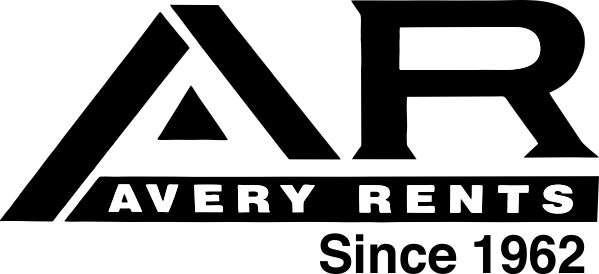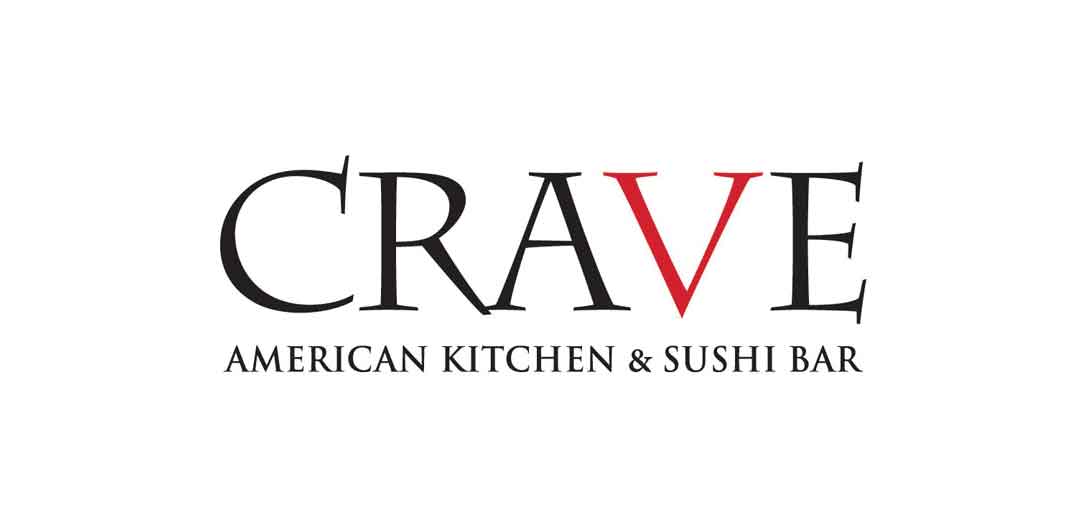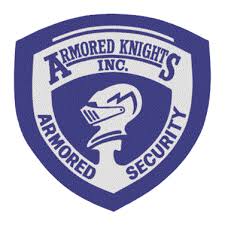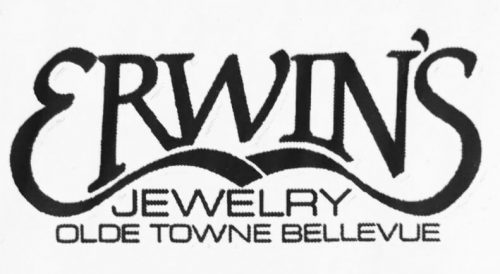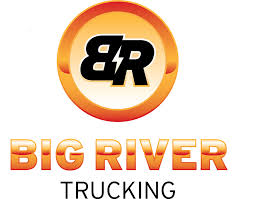How Facial Recognition Technology Works To Provide Security
July 16th, 2024
As security technology advances in Omaha, NE, biometric identification solutions are becoming more prevalent. One of the most technologically-advanced forms of biometrics is facial recognition technology (FRT). FRT analyzes the unique features of an individual’s face and verifies their identity. FRT can be utilized for authentication of identity for access to sensitive areas or information. FRT is extremely reliable and is likely to become very commonplace for businesses in NE in the near future.
How FRT Works To Establish Identities
When trying to understand FRT, there are two pieces to understand. First is the technology that scans the facial features. This technology can be a combination of sensors, video recorders, and scanners. The second piece is the analyses of these unique features that uses a combination of database and analytics software. Basically, FRT takes a scan of your face that is cross-referenced with a database to authenticate your unique identity.
The Most Common Types Of FRT
Currently, there are about four types of FRT available to the public in Omaha, NE. These range from the commonplace FRT used by Facebook and your smartphone, to highly advanced FRT used at the most secure buildings around NE. Here are the most common types of FRT:
- Traditional: Traditional FRT uses a photograph or image of a face and analyzes the basic geometry of the features. Once these features are analyzed, they are cross-referenced against a database of different faces.
- 3-Dimensional (3D): 3D FRT is more sophisticated and uses 3D sensors and cameras positioned at multiple angles. The sensors capture the shape and contours of the face, while the cameras capture the traditional FRT data. The traditional FRT data is then overlaid over the 3D sensor data to create a comprehensive understanding of the facial including different facial expressions. This data is also cross-referenced with a database for identification.
- Surface Texture Analysis: Surface texture analysis takes an image of a patch of skin, called a skin print. This skin is then segmented and turned into measurable space with complex algorithms. The skin print is then analyzed for any lines, pores, or interesting characteristics of the skin. Surface texture analysis is used in tandem with traditional and 3D FRT and can distinguish between identical twins.
- Thermal: Thermal FRT uses the same basic concept as other FRT. However, the cameras used are far more sophisticated. Thermal FRT uses traditional cameras and thermal video cameras to create facial recognition in low visibility scenarios.
Most FRT used in Omaha, NE utilize a combination of these four different technologies.
FRT is a great technology to consider for your business security needs. FRT is automatic and can be set up without training your staff or guests. It works with existing databases like passport and NE driver’s license photos. Also, it’s easy to set up because outside of the truly sophisticated FRTs, your existing surveillance cameras can capture the data needed to be effective. FRT can be used at an entry point and throughout your business campus.




